It’s commonly known among maintenance teams that misalignment in rotating equipment is caused by excessive loading, vibration, worn couplings, soft foot, and more. But diagnosing and correcting misalignment in machinery often is considered specialized work—reserved for the team’s most experienced millwrights and engineers.
Fast forward to today, with modern Adaptive Alignment laser systems from PRUFTECHNIK, which feature the ability to adapt to any situation, asset, or user skill level.
In the webinar, “Adaptive Alignment: the next generation in laser shaft alignment systems,” Jonathan Gough, Fluke Reliability product manager for PRUFTECHNIK, used a series of video demonstrations to illustrate how laser alignment tools assist the user through a range of difficult alignment situations. This technology makes it possible for even inexperienced technicians to perform alignments and achieve precision results.
Until 1984, machinists used the kind of straight edge and feeler gauges or dial indicators pictured in Figure 1 to align the shafts of rotating equipment, utilizing years of experience and technique to get as close as possible to precision alignment. Then, when PRUFTECHNIK introduced its OPTALIGN® system, the world’s first laser alignment tool, it became clear that even the best manual alignment was less precise than what laser alignment could accomplish.
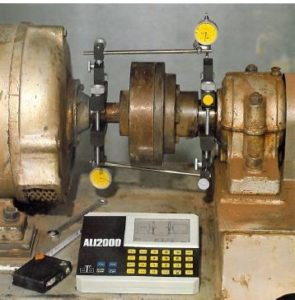
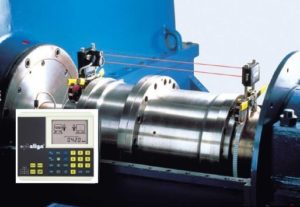
Figure 1. The PRUFTECHNIK ALI2000 Dial alignment tool circa 1982 versus the PRUFTECHNIK OPTALIGN laser alignment tool introduced in 1984.
In past decades, as illustrated in Figure 2, each type of alignment system required a different level of skill to do the job. Performing a manual alignment with a straight edge took exceptional talent. Using a dial indicator required a more specialized type of skill. But when the laser alignment tool entered the picture, it became feasible for less experienced machinists and more general technicians to perform quality alignments, down to 0.05 mils (0.001 mm).
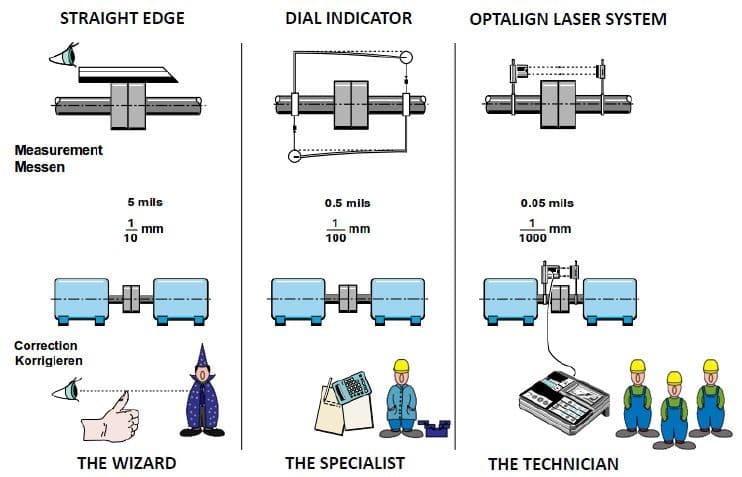
Figure 2. Degree of precision in alignment results and skill level required to perform the alignment by alignment method.
With today’s advancements in laser shaft alignment systems, including Active Situational Intelligence (ASI), the corrective capabilities more than ever can support users of all skill levels.
According to Gough, Adaptive Alignment occurs when the alignment system adjusts to the situation encountered in real time, as well as to the skill level of the person performing the alignment. Adaptive Alignment systems can adjust to the:
- Asset itself
- Alignment situation or challenge
- Technician and team charged with completing the alignment task
The built-in software known as ASI detects difficulties and compensates for them on the fly during the work. Multiple quality factors such as rotation angle, speed, and evenness are evaluated in real time, allowing the tool to provide instant feedback to the user.
In the videos presented, Gough demonstrated how alignment jobs could be done faster and with higher precision because of the technology’s ability to adapt in real time, eliminate errors, and correct for situational challenges.
To best grasp Gough’s demos, watch the full webinar online. Here are indicative shots, in freeze-frame, of the first video demonstration (there are eight demonstrations in all).
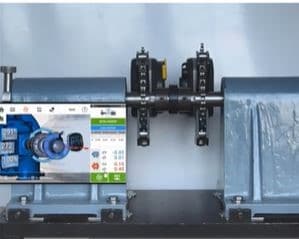
Figure 3a. A coupled machine in continuous sweep mode
Gough starts by demonstrating a ROTALIGN touch single-laser, double XY detector alignment system mounted on a coupled machine. The touch screen used then shows the instructions, measurements, and feedback provided as the alignment progresses. Misalignment is identified, instructions are provided to correct the feet, instant feedback given during the realignment and then re-measurement and confirmation occur.
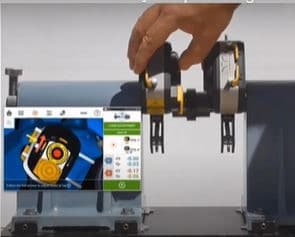
Figure 3b. Coupling play
In the next example, the user has not initially centered the laser into the middle of the detector area. The ASI software flags the issue before the alignment begins and coaches the user on how to correct the setup. Once that’s fixed, a coupling backlash or “play” occurs, changing the relative position of the laser during the measurement and threatening its accuracy. In this case, the system notifies the user of coupling play and removes the inaccurate data from the final qualified measurement result.

Figure 3c. User issues
If the user doesn’t perform the alignment correctly (opposite directions, rough rotations, and other problems), the system identifies the issues and filters them out. It guides the user on how to correct the problem for next time and compensates for it in the final measurement result.
Using single-laser technology and Active Situational Intelligence, Adaptive Alignment acclimates in real time during alignment tasks, supporting the technician and a broad range of critical rotating asset types and alignment challenges.
Get more information about Adaptive Alignment at the PRUFTECHNIK.com website. Also, learn more about the Adaptive Alignment concept and feature set in PRUFTECHNIK systems by downloading the white paper at this webpage.

